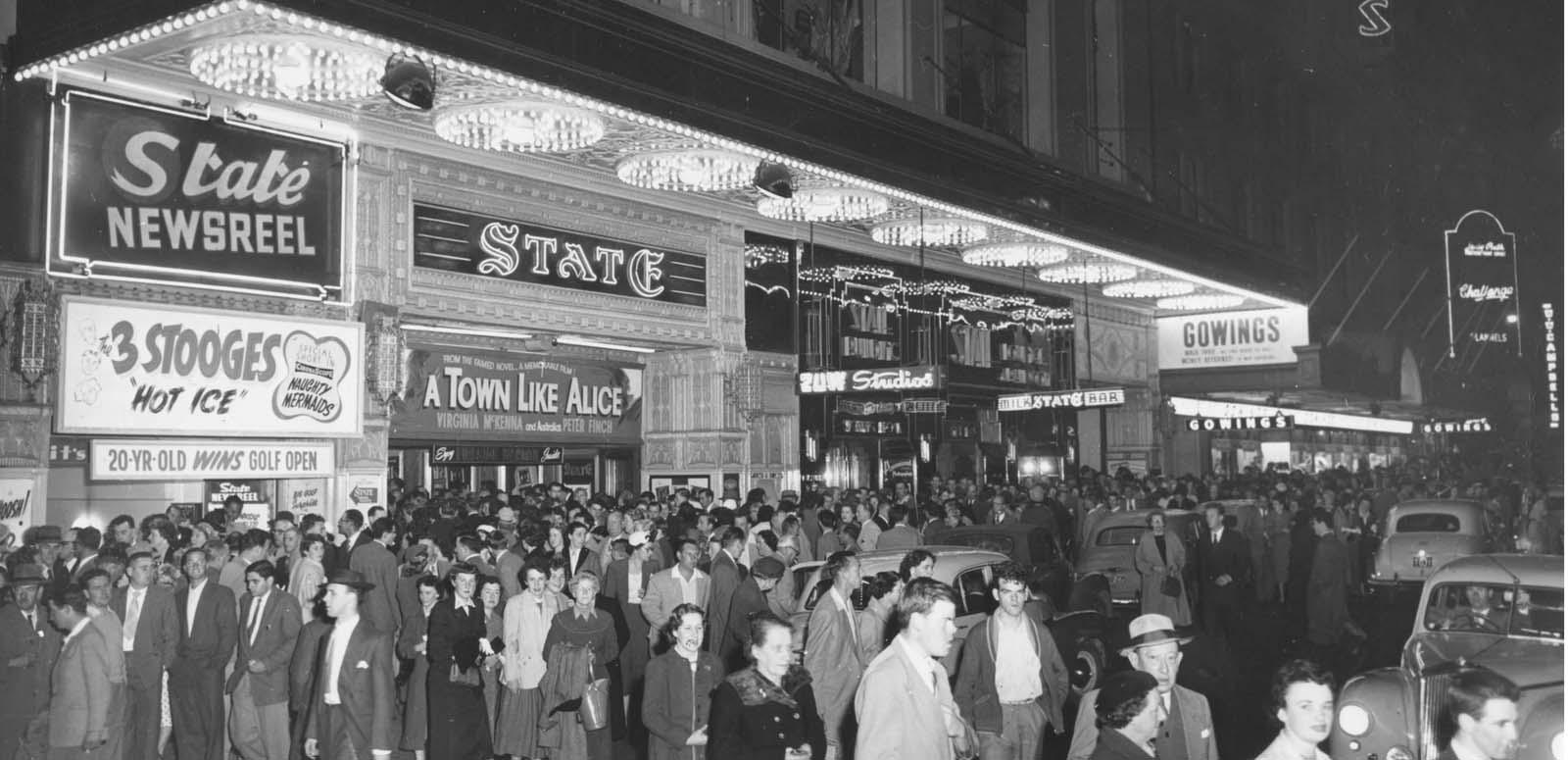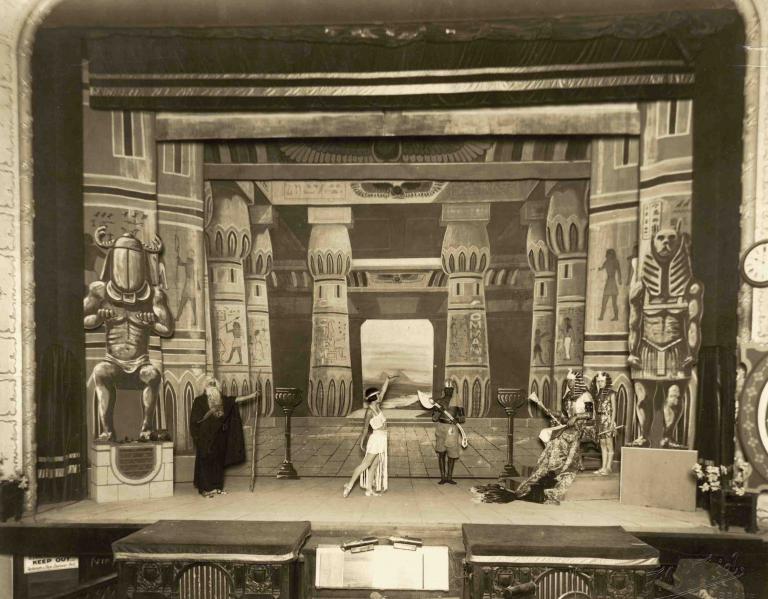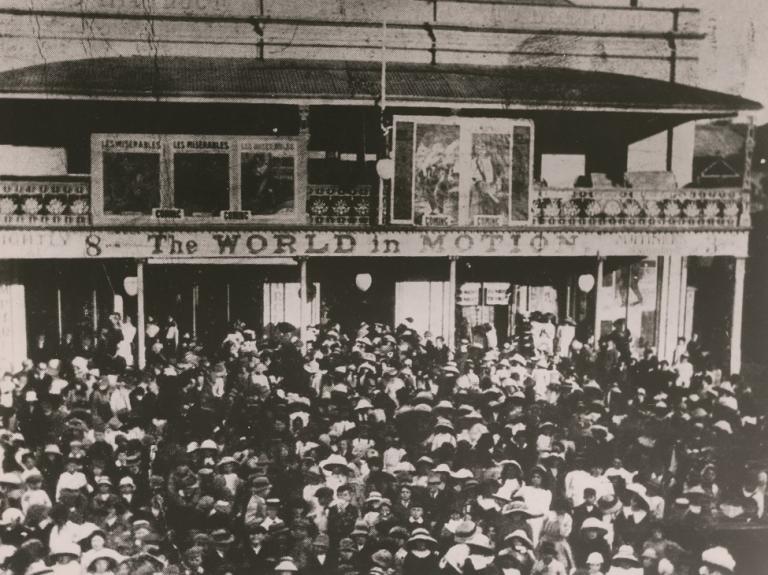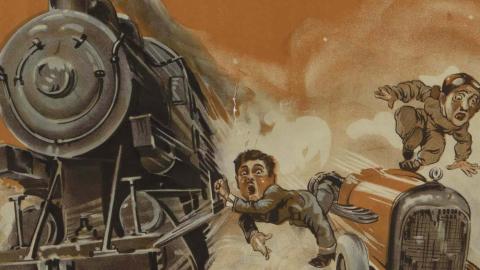

Vintage cinemas
Australian Vintage Cinemas and Theatres
This collection about Australian picture palaces is dedicated to the enduring pleasures of cinemagoing.
The collection features images and footage spanning 100 years, and covering key regional Australian centres and six capital cities.
It captures changing tastes and architecture, and hints at the cycles of development. A church makes way for a picture theatre in 1911 Footscray; 50 years later, a landmark cinema in North Sydney is demolished for an expressway.
While the theatres of Australia's past may be very different to the multiplexes and art-house cinemas of today, some of the establishments featured here have adapted to changing times and continued operating into the 21st century.










The National Film and Sound Archive of Australia acknowledges Australia’s Aboriginal and Torres Strait Islander peoples as the Traditional Custodians of the land on which we work and live and gives respect to their Elders both past and present.


